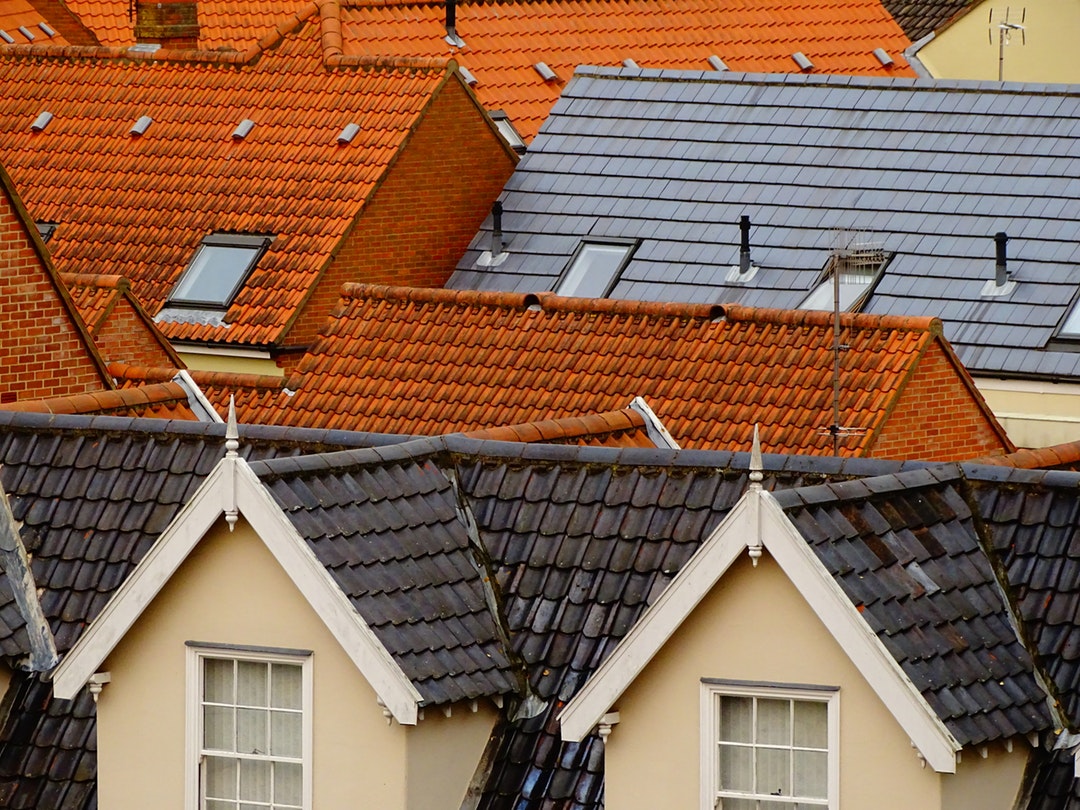Roofers rank pretty high up amongst the most dangerous jobs in the world accounting for just over 47 deaths for every 100,000 workers.
As sad as that statistic is, it’s a reminder that roofing repair jobs are some of the more involved, complex, and risky DIY repairs for a homeowner. It’s not an easy task, and most people may be reasonably hesitant to take it on – even if your DIY heart says otherwise.
But if you want to pull up your bootstraps and take a leak, mildew, or missing shingle on yourself, we’ve got some roof repair tips that are perfect!
1. Be Prepared
When you’re going to make the hike up to your rooftop, you need to be extra careful with how you prepare.
And we don’t mean understanding the fix itself or having tools for the repair, but how you’re going to be prepared for the roof landscape itself. A typical two-story house could be over 30 feet in the air and only God knows what is surrounding yours on the ground level.
Make sure to wear rubber-soled shoes for good traction, have an up-to-date ladder, and consider extra investments such as roof safety harnesses.
2. Caulk Isn’t the Godsend You Think It is
Leaks are a very common problem with homeowner’s roofs, and you might be tempted to think that caulk is your one-stop shop for a fix.
While caulk is a very affordable and effective quick fix for small holes and tears, you shouldn’t rely on it too heavily. Caulk will not fix most larger leaks and it certainly won’t hold back drainage for very long.
You need to dig a little deeper for most larger leaks and you should consider replacing or repairing flashing, fixing shingles, and repairing wood rot.
3. Prevent Mildew With Zinc Strips
Mildew, fungus, and algae are a roof’s slow killer. These problems are more common in humid climates, but they’ll creep in and slowly deteriorate your roof from the inside out.
Thankfully, you can easily spot this issue due to its streaking (the roof will usually be a different color in problem areas). And also, this can very easily be prevented with zinc strips.
4. A Garden Hose Can Identify Leaks
When it comes to leaks one of the hardest parts of the repair is just figuring out the source of the leak. If you have a helper nearby, take a garden hose and start running the water at a low spot on the roof.
Let it run for several minutes and have your helper alert you when the leak appears. Move further up if the leak doesn’t appear and continue until you find the source.
5. Get Professional Help
If you’re considering DIY roofing repair, take a minute to account for the complexity and danger of the gig. Sometimes, it’s worthwhile to consult with a professional, such a roofing contractor.
They will be better equipped and better prepared to deal with damage than most people. We understand your DIY heart may have sunk a bit just hearing that, but keep in mind that most roofing professionals do these specific jobs day in and day out.
Make Your Roof Repair as Easy as Possible
Whether it’s a small leak or curled and cracked shingles, a roof repair can be a complex and dangerous operation. You want to do everything you can to make the job easier on yourself, therefore keeping yourself safer.
If you’re not sure whether or not your roof needs any attention, keep tabs on these five warning signs your roof needs replacing!

